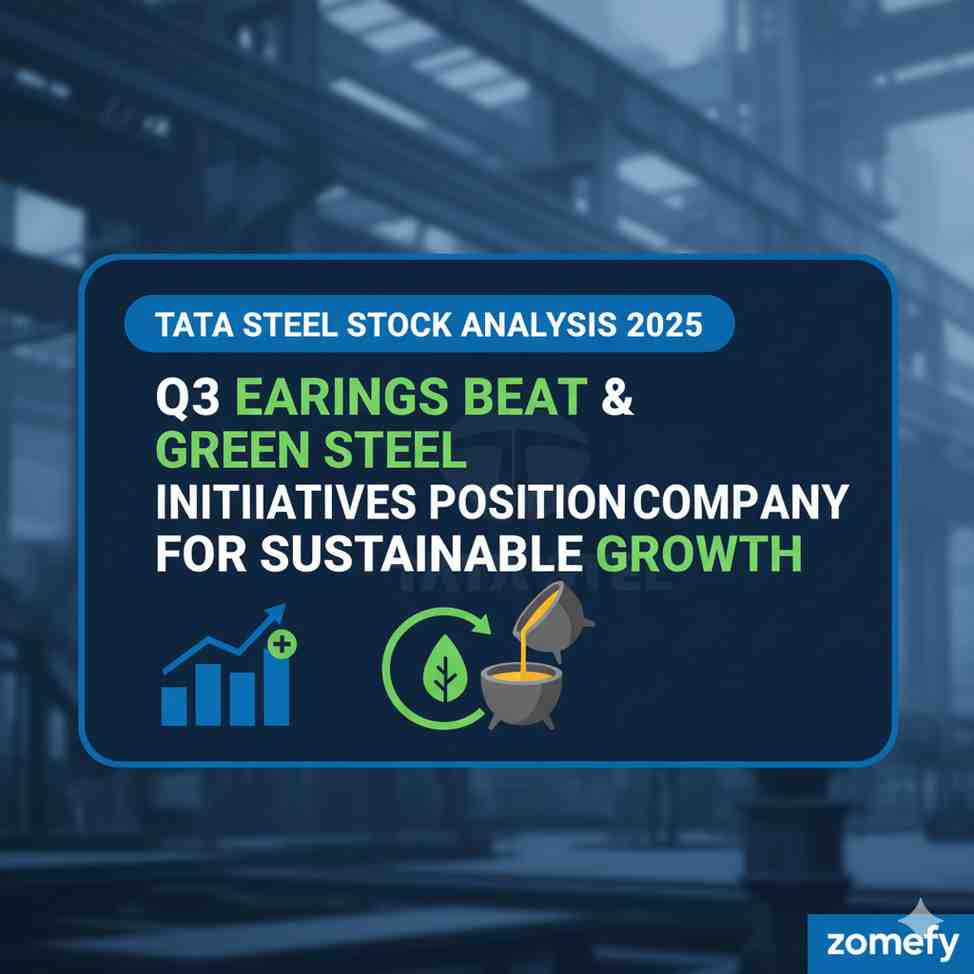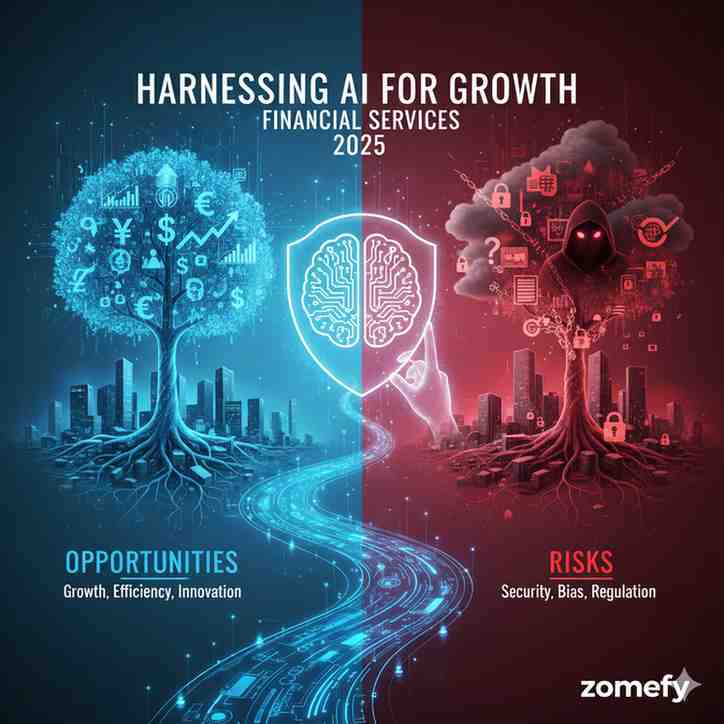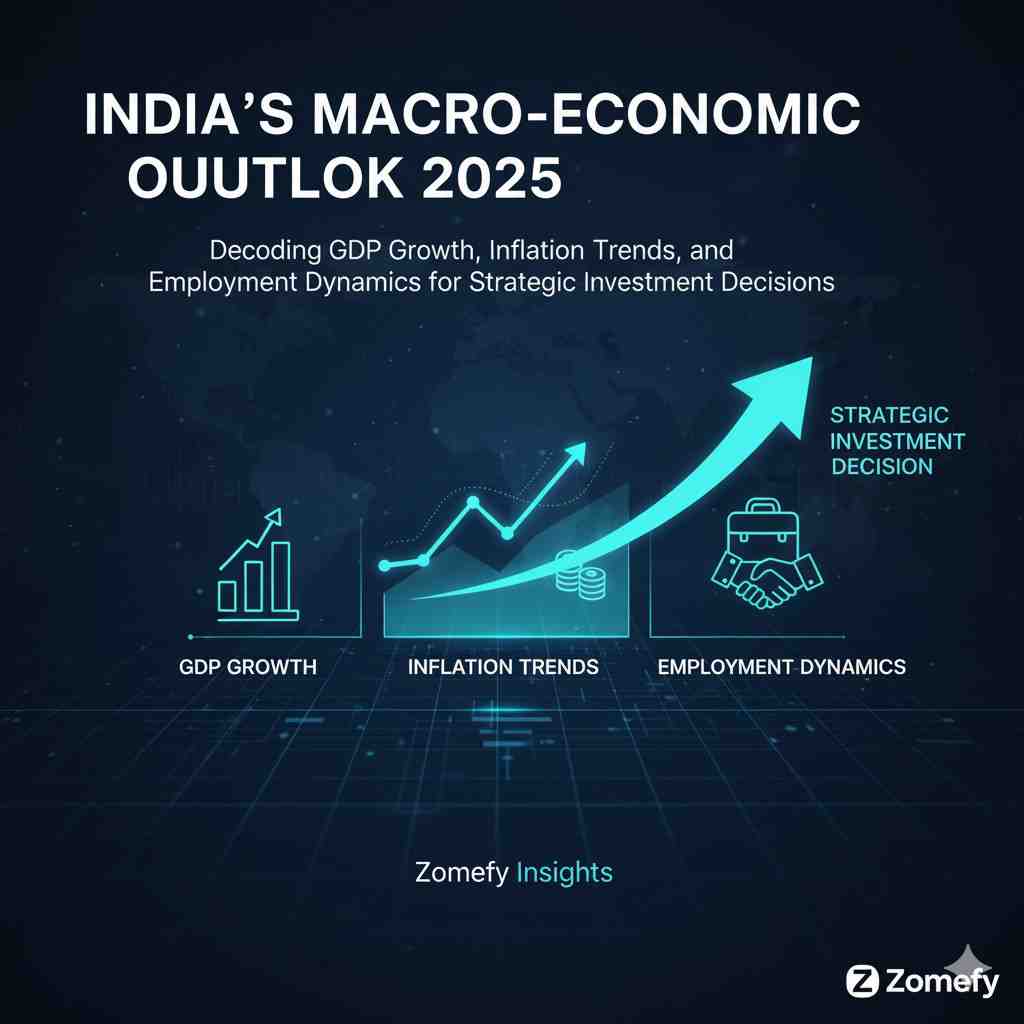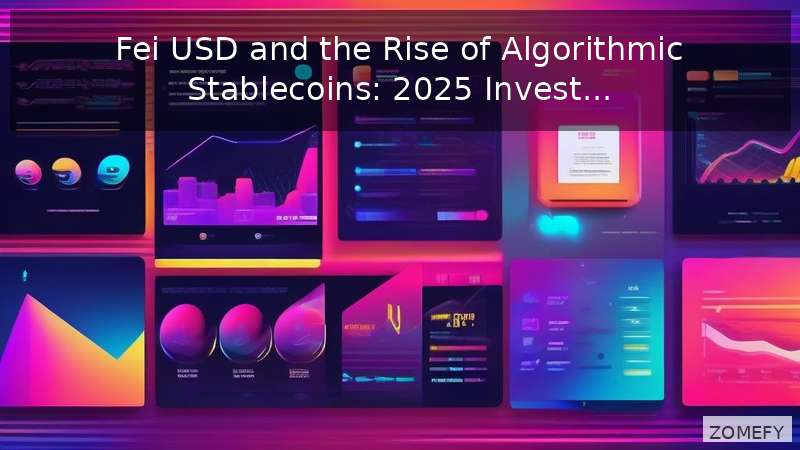Real-Time Payments: The 5G Revolution in Financial Transactions
Explore how 5G technology is revolutionizing real-time payments, enabling instant peer-to-peer, cross-border, and in-store transactions with enhanced security.
Real-Time Payments: The 5G Revolution in Financial Transactions
What You Can Do Next
- Read the full article for complete insights
- Save for later reference
- Share with others learning about this topic
Image not available
The convergence of 5G technology and real-time payment systems is revolutionizing how we conduct financial transactions, creating unprecedented speed, security, and accessibility in digital payments. As 5G networks roll out globally, they're enabling instant, seamless, and secure financial exchanges that were previously impossible with older network technologies. This comprehensive analysis explores how 5G is transforming payment systems, the technological infrastructure driving this revolution, and the profound impact on consumers, businesses, and financial institutions worldwide.
Understanding 5G and Real-Time Payments
5G technology represents the fifth generation of wireless communication, offering dramatically improved speed, latency, and connectivity compared to previous generations. When combined with real-time payment systems, 5G enables instant financial transactions with enhanced security and reliability.
5G Network Architecture
5G networks use advanced technologies like millimeter wave spectrum, massive MIMO antennas, and network slicing to provide dedicated bandwidth for financial services, ensuring reliable and secure payment processing.
Real-Time Payment Infrastructure
Modern real-time payment systems use distributed ledger technology, API-based architectures, and cloud computing to process transactions instantly while maintaining security and compliance standards.
Peer-to-Peer Payments: The Mobile Revolution
5G is transforming peer-to-peer payments by enabling instant, secure transfers between individuals:
Instant Money Transfers
5G enables truly instant P2P payments with sub-second processing times. Users can send money to friends, family, or businesses instantly, with real-time notifications and confirmations.
Enhanced Mobile Wallets
Mobile payment apps are leveraging 5G's capabilities to offer advanced features like biometric authentication, location-based payments, and AI-powered fraud detection.
Social Commerce Integration
5G enables seamless integration between social media platforms and payment systems, allowing users to make purchases directly from social media posts and messages.
IoT Payment Devices
Connected devices like smartwatches, fitness trackers, and even smart home devices can now process payments independently, thanks to 5G's massive connectivity capabilities.
Cross-Border Payments: Global Financial Connectivity
5G is revolutionizing international payments by reducing latency and improving reliability:
Reduced Transaction Times
Cross-border payments that previously took days can now be completed in minutes or even seconds, thanks to 5G's ultra-low latency and real-time processing capabilities.
Enhanced Security Protocols
5G networks provide advanced encryption and authentication mechanisms that make international payments more secure, reducing fraud and improving trust in global transactions.
Currency Exchange Integration
Real-time currency conversion and exchange rate updates are now possible with 5G, enabling instant cross-border payments with optimal exchange rates.
Regulatory Compliance
5G enables real-time compliance monitoring and reporting for cross-border transactions, helping financial institutions meet international regulatory requirements.
In-Store Payments: The Future of Retail
5G is transforming in-store payment experiences through advanced technologies:
Contactless and Mobile Payments
5G enables faster, more reliable contactless payments using smartphones, smartwatches, and other connected devices, with enhanced security and fraud protection.
Augmented Reality Shopping
AR-powered shopping experiences allow customers to visualize products and make payments through immersive interfaces, all powered by 5G's high bandwidth and low latency.
Smart Store Integration
5G enables smart stores with automated checkout systems, inventory management, and personalized shopping experiences that integrate seamlessly with payment systems.
Biometric Authentication
Advanced biometric payment systems using facial recognition, fingerprint scanning, and voice authentication are now possible with 5G's enhanced processing capabilities.
Business-to-Business Payments: Enterprise Solutions
5G is revolutionizing B2B payments through enhanced automation and integration:
Supply Chain Payments
5G enables real-time supply chain payments with automated invoicing, instant settlement, and integrated inventory management systems.
IoT-Enabled Payments
Connected devices in manufacturing, logistics, and other industries can now initiate and process payments automatically, creating new opportunities for efficiency and cost reduction.
API Integration
5G's high bandwidth enables seamless integration between payment systems and enterprise software, creating unified financial management platforms.
Real-Time Analytics
Businesses can now access real-time payment analytics and insights, enabling better financial decision-making and cash flow management.
Security and Fraud Prevention
5G networks provide enhanced security features for payment systems:
Advanced Encryption
5G networks use quantum-resistant encryption algorithms and advanced security protocols to protect payment data and prevent unauthorized access.
Real-Time Fraud Detection
AI-powered fraud detection systems can now analyze transactions in real-time, identifying suspicious activity and preventing fraudulent payments instantly.
Biometric Security
5G enables advanced biometric authentication methods that are more secure and convenient than traditional passwords or PINs.
Blockchain Integration
5G networks can support blockchain-based payment systems that provide additional security through distributed ledger technology.
Challenges and Considerations
Despite its potential, 5G payment systems face several challenges:
Infrastructure Requirements
5G networks require significant infrastructure investment, including new cell towers, fiber optic cables, and edge computing facilities.
Device Compatibility
Not all devices are 5G-compatible, creating potential barriers to adoption and requiring significant investment in new hardware.
Regulatory Compliance
5G payment systems must comply with various regulatory requirements across different jurisdictions, creating complexity for global implementations.
Security Concerns
While 5G offers enhanced security, it also creates new attack vectors that require sophisticated defense mechanisms and ongoing security updates.
Future Outlook: The 5G Payment Revolution
The future of 5G-powered payments looks promising, with several key trends emerging:
6G Development
Research into 6G technology is already underway, promising even faster speeds, lower latency, and more advanced capabilities for payment systems.
Quantum Computing Integration
Quantum computing will enhance 5G payment security through advanced encryption and authentication methods that are virtually unbreakable.
AI and Machine Learning
Artificial intelligence will play an increasingly important role in 5G payment systems, enabling predictive analytics, personalized experiences, and advanced fraud prevention.
Global Standardization
International standards for 5G payment systems are being developed to ensure interoperability and security across different networks and countries.
Conclusion
The integration of 5G technology with real-time payment systems represents a fundamental shift in how we conduct financial transactions. By enabling instant, secure, and seamless payments across all channels and devices, 5G is creating new opportunities for businesses and consumers while improving financial inclusion and accessibility. However, success requires careful attention to security, infrastructure development, and regulatory compliance. As 5G networks continue to expand and mature, we can expect to see even more innovative payment solutions that leverage the full potential of this transformative technology.
To understand how this intersects with broader fintech trends, explore our analysis on [AI's role in financial services](/financial-insights/ai-finance-growth-opportunities-2025) and the [digital banking revolution](/financial-insights/digital-only-banking-fintech-2025). For insights into the underlying blockchain technology, read our [Crypto 2025 analysis](/financial-insights/crypto-2025-blockchain-ai-tokenization).
Frequently Asked Questions
How does 5G improve payment processing speeds?
5G networks offer ultra-low latency (1-4ms) compared to 4G (20-40ms), enabling truly instant payment processing. This means transactions that previously took seconds can now be completed in milliseconds.
Are 5G payments secure?
Yes, 5G networks provide enhanced security through advanced encryption, biometric authentication, and real-time fraud detection. The technology also supports blockchain-based payment systems for additional security.
What devices support 5G payments?
5G payments work on 5G-compatible smartphones, tablets, smartwatches, and other connected devices. However, older devices may need upgrades to take full advantage of 5G payment capabilities.
How will 5G impact cross-border payments?
5G significantly reduces cross-border payment times from days to minutes or seconds, while providing enhanced security and real-time currency conversion capabilities for international transactions.
References
- [1] Ten Technologies Shaping the Future of Fintech in 2023 - DashDevs. View Source ↗(Accessed: 2025-10-14)
- [2] Fintech Trends 2025 - Plaid. View Source ↗(Accessed: 2025-10-14)
- [3] The Future of Global Fintech 2025 - World Economic Forum. View Source ↗(Accessed: 2025-10-14)
- [4] Pulse of Fintech - KPMG. View Source ↗(Accessed: 2025-10-14)
- [5] Fintech Trends - HyperVerge. View Source ↗(Accessed: 2025-10-14)
- [6] Top 10 Fintech Payments Trends 2025 - Juniper Research. View Source ↗(Accessed: 2025-10-14)
- [7] Fintech Trends - Innowise. View Source ↗(Accessed: 2025-10-14)
- [8] Fintechs: Scaled Winners and Emerging Disruptors - BCG. View Source ↗(Accessed: 2025-10-14)
- [9] Fintech Trends 2025 - Lloyds Banking Group. View Source ↗(Accessed: 2025-10-14)
- [10] Top Fintech Trends - KPMG. View Source ↗(Accessed: 2025-10-14)
Continue Your Investment Journey
Discover more insights that match your interests

Tata Steel Stock Analysis 2025: Q3 Earnings Beat & Green Steel Initiatives Position Company for Sustainable Growth
Tata Steel, one of India's largest and most respected steel producers, has once again captured investor attention with its Q3 FY25 earnings results.

Harnessing AI for Growth: Opportunities and Risks in Financial Services 2025
Explore how AI-driven technologies are reshaping risk management, customer service, and compliance across the financial sector, highlighting both innovations and regulatory safeguards.

India’s Macro-Economic Outlook 2025: Decoding GDP Growth, Inflation Trends, and Employment Dynamics for Strategic Investment Decisions
India's macroeconomic landscape entering 2025 presents a complex yet promising canvas for retail investors and financial professionals alike.

Fei USD and the Rise of Algorithmic Stablecoins: 2025 Investment Implications
Algorithmic stablecoins have emerged as a significant innovation in the cryptocurrency space by offering decentralized, scalable alternatives to traditional fiat-backed stablecoins.
Explore More Insights
Continue your financial education journey
